The Artist Formerly Known As Prince
·
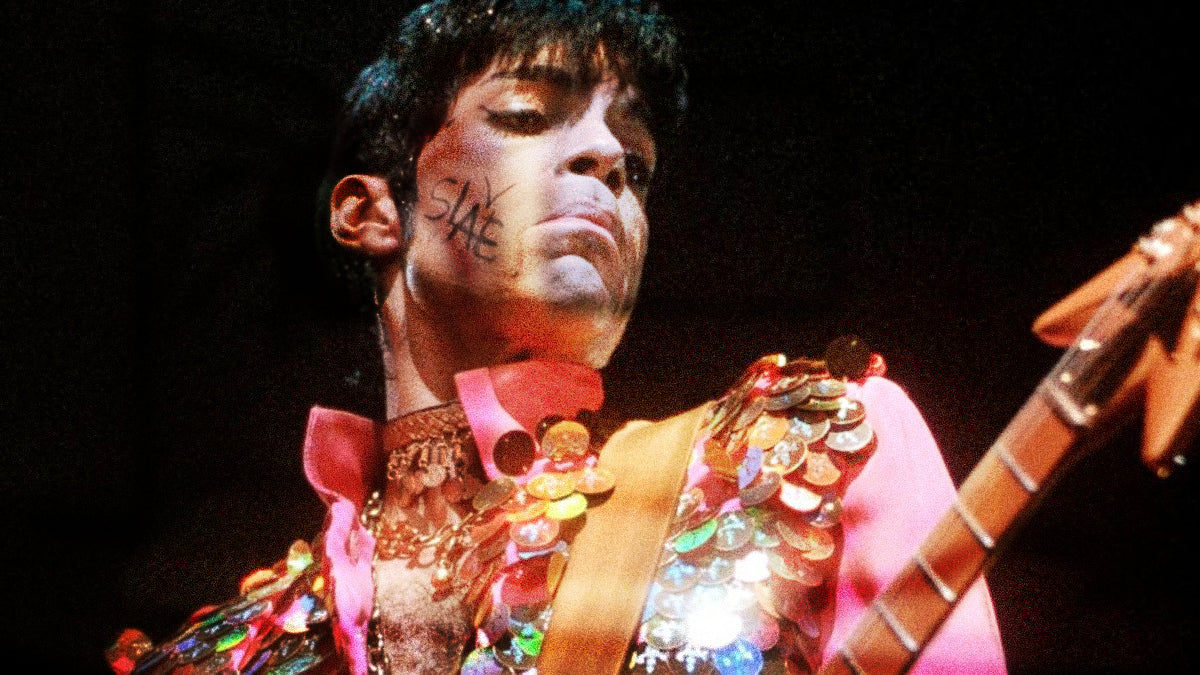
·
Prince signed with Warner Music in 1977 at the age of 18, impressing label executives with his prodigious talent.
Despite his first album, “For You,” only reaching No. 163 on the US charts in 1978, labels allowed artists to grow over multiple albums without immediate commercial success pressure.
As a result, Prince released an album each year from 1978 to 1981 without significant hits, but Warner kept him on board because he reflected well on the label’s commitment to nurturing genuine talent for the long term.
In 1982, shortly after MTV launched, Prince released “1999” and achieved his first top 10 hit in the US. He belonged to a fresh wave of artists who recognised the importance of music videos in artist promotion and the creation of their own distinct image and story.
By 1984, with the launch of “Purple Rain” accompanied by a highly successful film, Prince had become the most dynamic pop sensation worldwide.
Such a level of success allowed Prince the opportunity to renegotiate their contracts - similar to The Beatles and the Rolling Stones in the mid-1960s.
Prince established his own label, Paisley Park Records, with backing from Warner for distribution; allowing Prince to act as an A&R, launching acts like Sheila E and the Family and eventually signing legends like Mavis Staples and George Clinton.
Over eight albums, released from 1985’s “Around the World in a Day” to 1992’s “Love Symbol Album,” Prince enjoyed a remarkable creative and commercial run.
Before the release of The Gold Experience, Prince and Warner were in conflict over finances and creative control. He made his dispute public by displaying the word “Slave” on his face, arguing that Warner owned his name and music.
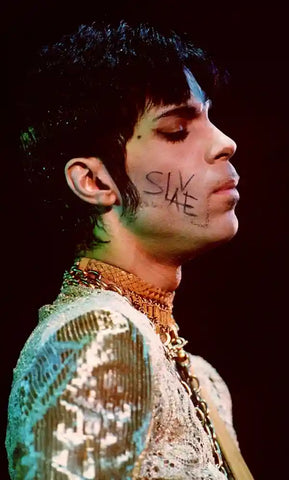
He then changed his name to a symbol, and was called “Symbol,” “Squiggle,” or “the Artist Formerly Known as Prince.” This occurred during George Michael’s struggle to leave his Sony contract, termed “professional slavery,” creating a PR battle for record labels.
Prince, unable to fully break free, released several albums rapidly to fulfill his contract, with some considered as hastily compiled studio tapes and leftover material to meet obligations.
Click Here To Read More
David Bowie And His Alter Egos
Beastie Boys And Buddhism : The Story Of The Tibetan Freedom Concert
Despite his first album, “For You,” only reaching No. 163 on the US charts in 1978, labels allowed artists to grow over multiple albums without immediate commercial success pressure.
As a result, Prince released an album each year from 1978 to 1981 without significant hits, but Warner kept him on board because he reflected well on the label’s commitment to nurturing genuine talent for the long term.
In 1982, shortly after MTV launched, Prince released “1999” and achieved his first top 10 hit in the US. He belonged to a fresh wave of artists who recognised the importance of music videos in artist promotion and the creation of their own distinct image and story.
By 1984, with the launch of “Purple Rain” accompanied by a highly successful film, Prince had become the most dynamic pop sensation worldwide.
Such a level of success allowed Prince the opportunity to renegotiate their contracts - similar to The Beatles and the Rolling Stones in the mid-1960s.
Prince established his own label, Paisley Park Records, with backing from Warner for distribution; allowing Prince to act as an A&R, launching acts like Sheila E and the Family and eventually signing legends like Mavis Staples and George Clinton.
Over eight albums, released from 1985’s “Around the World in a Day” to 1992’s “Love Symbol Album,” Prince enjoyed a remarkable creative and commercial run.
Before the release of The Gold Experience, Prince and Warner were in conflict over finances and creative control. He made his dispute public by displaying the word “Slave” on his face, arguing that Warner owned his name and music.

He then changed his name to a symbol, and was called “Symbol,” “Squiggle,” or “the Artist Formerly Known as Prince.” This occurred during George Michael’s struggle to leave his Sony contract, termed “professional slavery,” creating a PR battle for record labels.
Prince, unable to fully break free, released several albums rapidly to fulfill his contract, with some considered as hastily compiled studio tapes and leftover material to meet obligations.
Click Here To Read More
David Bowie And His Alter Egos
Beastie Boys And Buddhism : The Story Of The Tibetan Freedom Concert
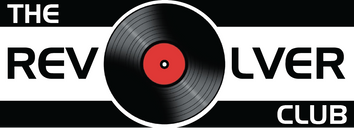
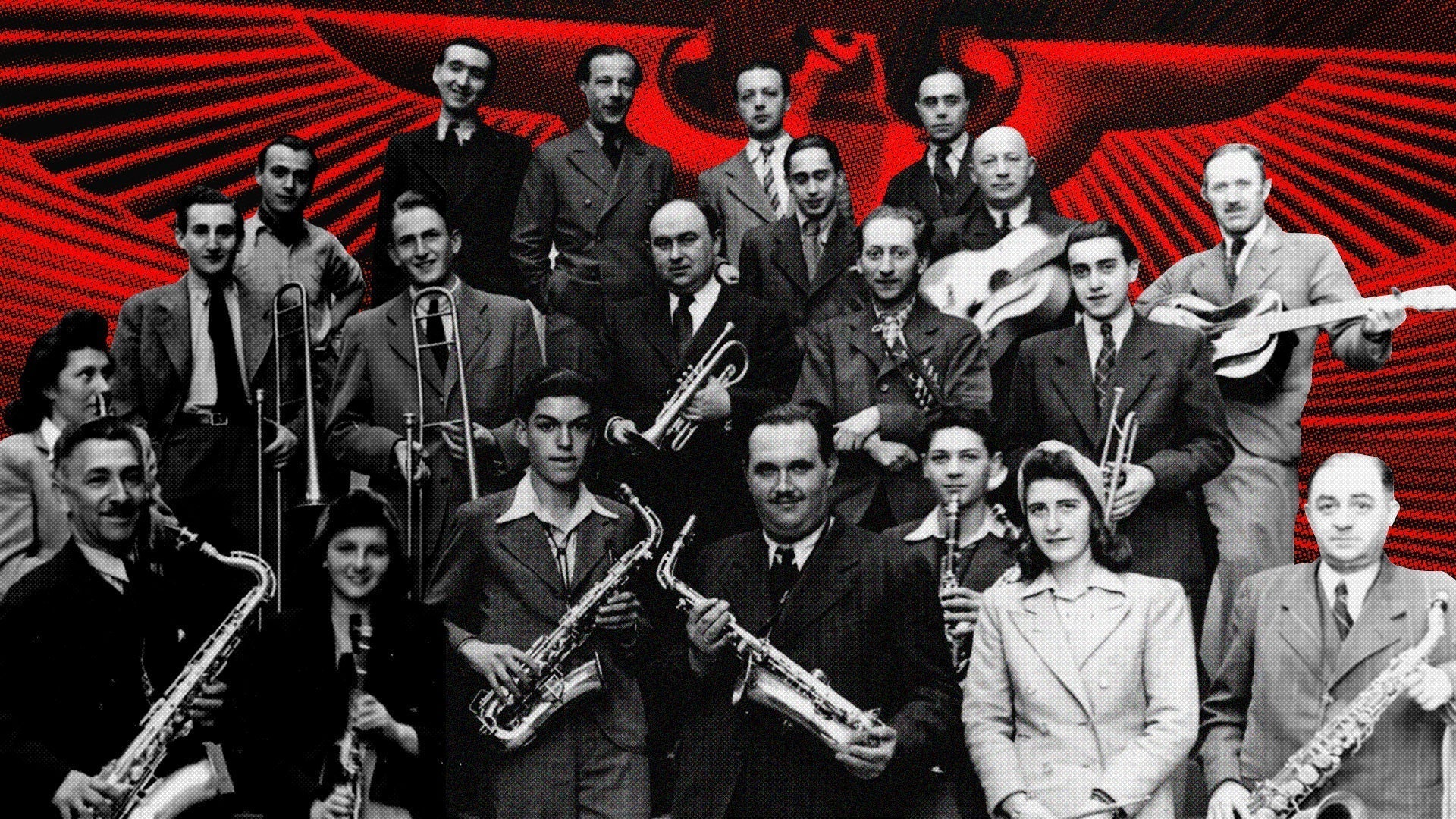

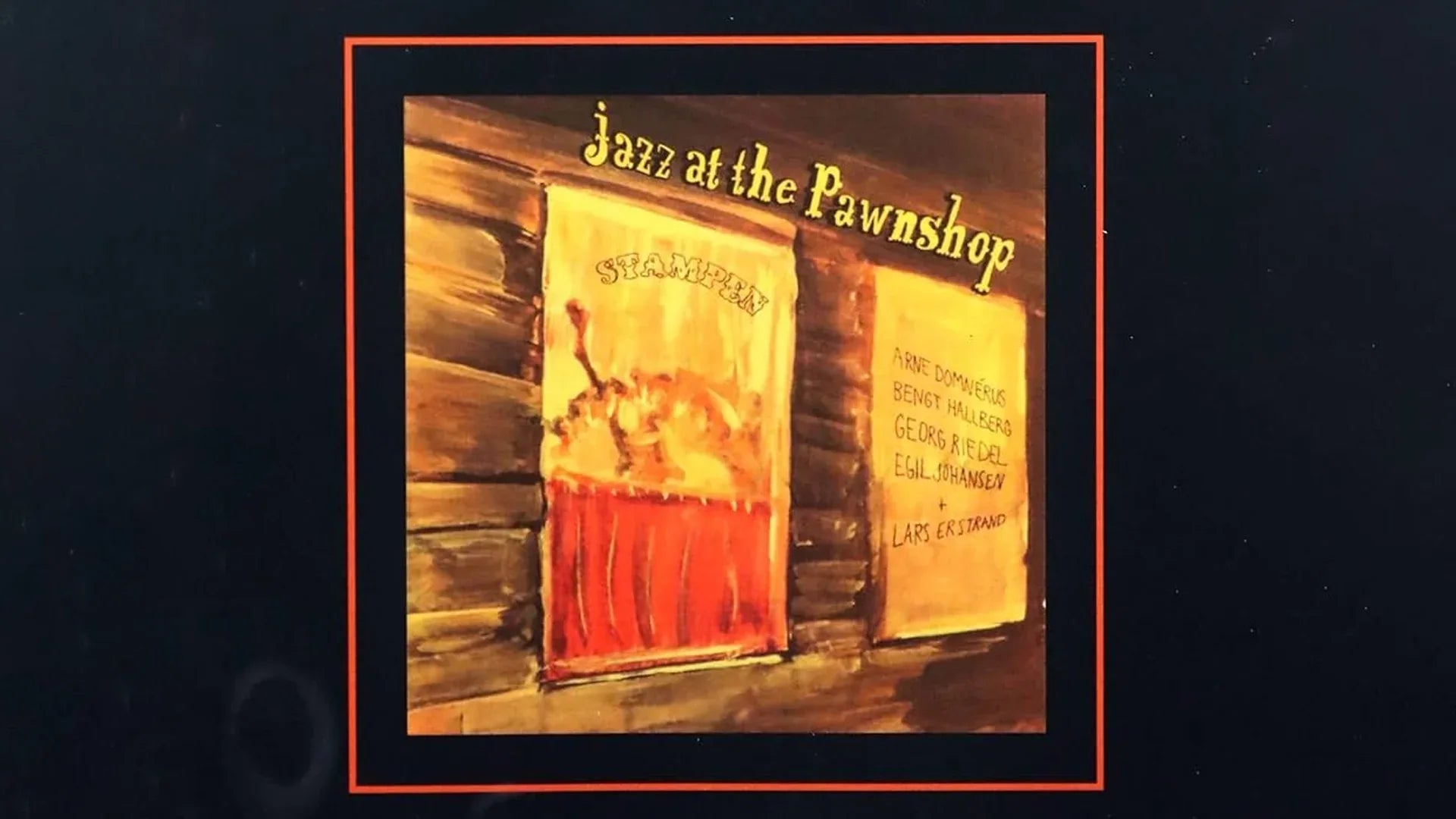


Comments
Brian Johnson —
I was browsing through my social media page and I noticed your post